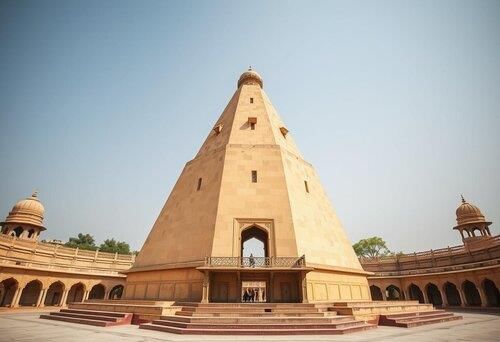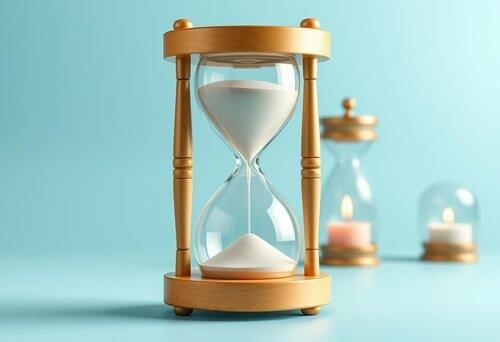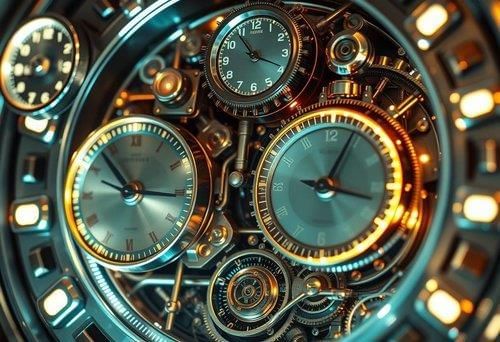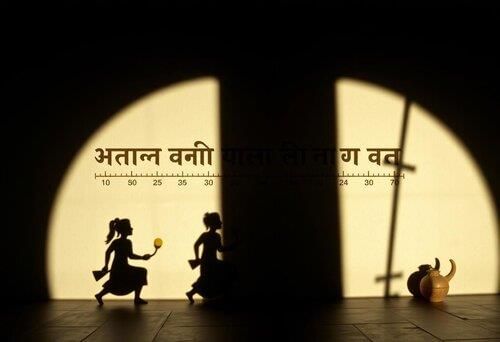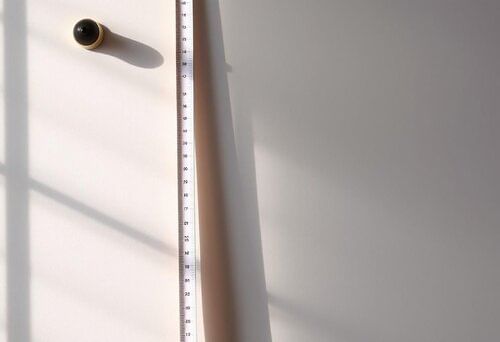|
Humans observed natural events such as the Sun rising and setting, the Moon's phases, and the changing seasons to create calendars and measure time. |
Card: 2 / 38 |
|
Fill in the blank: The world’s largest stone sundial, the ___, was built around 300 years ago at the Jantar Mantar in Jaipur. |
Card: 3 / 38 |
|
Samrat Yantra measures solar time.
|
Card: 8 / 38 |
|
Riddle: I mark the passing of time, yet I am not a clock. I can be made of sand, water, or even a burning wick. What am I? |
Card: 9 / 38 |
|
Differences in Linear Motion
|
Card: 12 / 38 |
|
Fill in the blank: The invention of devices to measure smaller intervals of time led to the accurate clocks we use today, including ___ clocks. |
Card: 13 / 38 |
|
Water clocks measure time via flow.
|
Card: 16 / 38 |
|
Riddle: I flow steadily and help you keep track of minutes, but I am not a watch. What am I? |
Card: 17 / 38 |
 Unlock all Flashcards with EduRev Infinity Plan Starting from @ ₹99 only
|
|
To reset the water clock, you should pour the water from the lower part back into the upper part. |
Card: 20 / 38 |
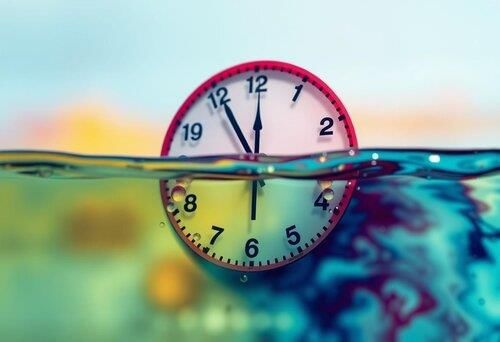 You can enhance visibility by adding a few drops of ink or food coloring to the water. |
Card: 22 / 38 |
|
Fill in the blank: The Ghatika-yantra was a type of ___ clock used in ancient India for measuring time. |
Card: 25 / 38 |
|
What significant advancement in timekeeping was made in the seventeenth century? |
Card: 27 / 38 |
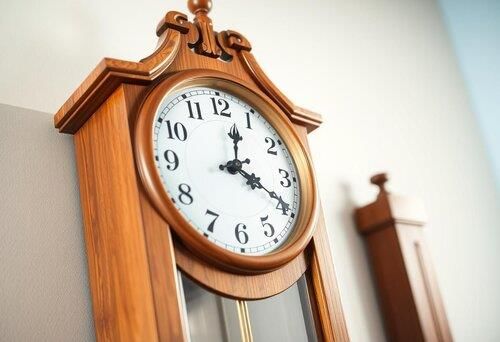 The invention of the pendulum clock, which greatly improved the accuracy of time measurement. |
Card: 28 / 38 |
|
Riddle: I once flowed like a river, yet I measured time; with each passing moment, my level would decline. What am I? |
Card: 29 / 38 |
|
Fill in the blank: Varahamihira provided a precise way to express time based on the shadow of a ___ stick. |
Card: 31 / 38 |
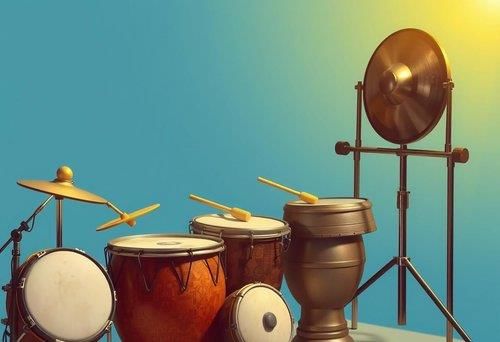 Time announcements were made using drums, conch shells, or by striking a gong. |
Card: 34 / 38 |
|
True or False: The Ghatika-yantra was completely replaced by pendulum clocks in the late nineteenth century and is no longer used. |
Card: 35 / 38 |
|
False. While it was gradually replaced by pendulum clocks, it continued to be used in religious places for rituals. |
Card: 36 / 38 |
|
What motivated the development of better mechanical devices for keeping time in the fourteenth century? |
Card: 37 / 38 |
|
The need for accurate time measurement became important as traveling over long distances became more common. |
Card: 38 / 38 |





